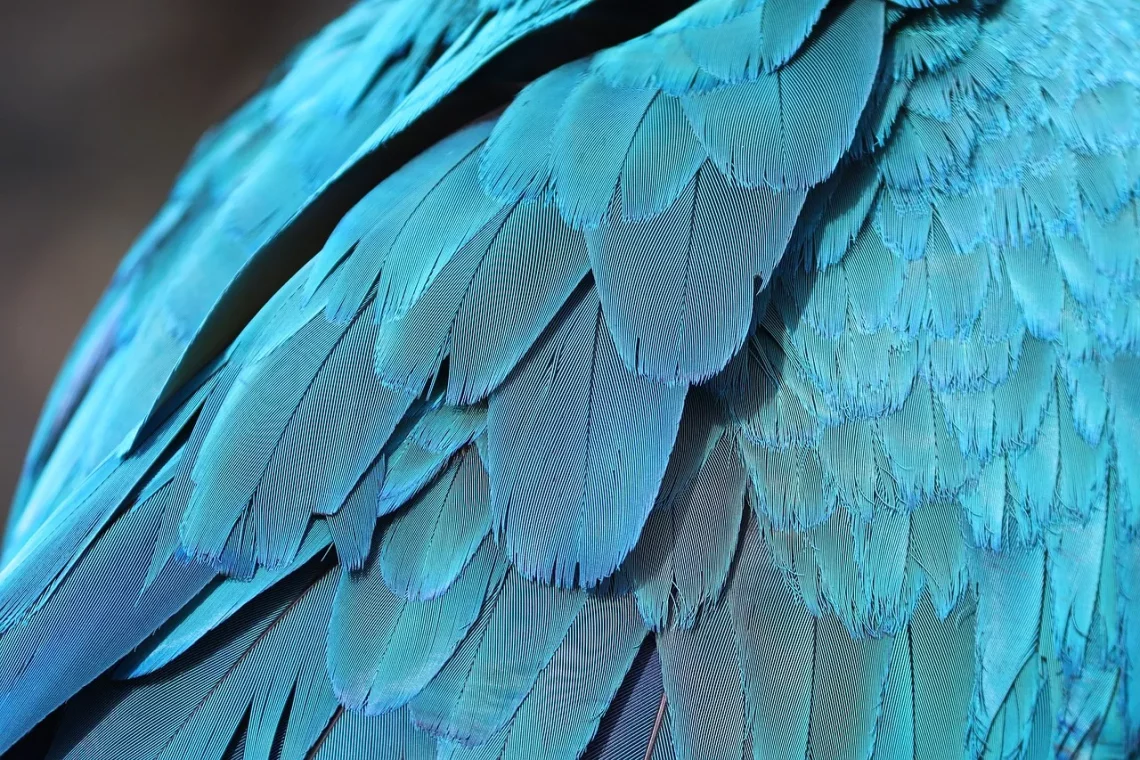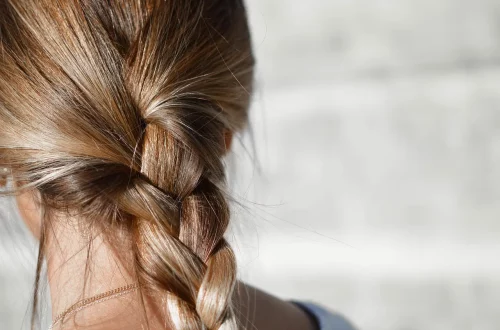
The Charming Mexican Parrotlet: A Guide to Care and Companionship
The Mexican Parrotlet is a delightful and captivating pet parrot known for its vibrant personality and charming demeanor. These small birds, often no larger than a budgie, are full of life and energy, making them a favorite among avian enthusiasts. With their striking colors and playful nature, Mexican Parrotlets can easily steal the heart of anyone who encounters them. They exhibit a wide range of behaviors, from mimicking sounds to engaging in acrobatics, which adds to their appeal as companions.
Despite their small size, Parrotlets possess big personalities. They are known for their intelligence and curiosity, often exploring their surroundings with enthusiasm. These birds thrive on social interaction, whether with their human companions or other birds, making them a lively addition to any household. However, potential owners should approach their care with knowledge and commitment. Understanding their needs, behaviors, and the environment they require is essential for fostering a healthy and happy relationship with these charming creatures.
In this guide, we will explore various aspects of caring for Mexican Parrotlets, ensuring that they receive the attention, stimulation, and love they need to flourish as beloved pets.
Understanding the Personality of Mexican Parrotlets
Mexican Parrotlets are renowned for their lively and sometimes feisty personalities. Despite their small stature, they possess a boldness that often surprises new owners. These birds are curious and adventurous by nature, which can lead them to explore their environment extensively. Their playful antics can be endearing, as they often engage in playful behaviors, such as climbing and swinging on toys or perches.
Social interaction is crucial for the well-being of a Parrotlet. They are social creatures that thrive on companionship, whether it’s from humans or fellow birds. Engaging with them regularly helps prevent boredom and the potential for undesirable behaviors, such as excessive vocalization or feather plucking. Owners should spend quality time with their Parrotlets, providing opportunities for them to bond and interact.
Moreover, Mexican Parrotlets are known for their vocal abilities. While they are not as prolific talkers as larger parrot species, they can mimic sounds and may even learn a few words or phrases. Their vocalizations can range from soft chirps to loud squawks, so it’s essential for potential owners to consider their noise level and how it fits into their living environment.
Understanding the nuances of their personality can significantly enhance the owner-bird relationship. Observing their body language and vocal cues allows caregivers to respond appropriately to their needs and emotions. This understanding fosters a deeper bond and contributes to a well-adjusted, happy pet.
Creating a Suitable Environment for Your Parrotlet
Establishing a suitable living environment is essential for the health and happiness of a Mexican Parrotlet. These birds require a spacious cage that allows them to stretch their wings and move freely. A cage that measures at least 18×18 inches is recommended, with horizontal bars that enable climbing. It’s vital to place the cage in a social area of the home where the bird can interact with family members, as isolation can lead to behavioral issues.
Inside the cage, provide a variety of perches of different diameters to promote foot health and prevent boredom. Natural wood perches, along with some softer materials, can help keep their feet healthy and happy. Additionally, including an assortment of toys is crucial. Toys that encourage foraging, chewing, and mental stimulation can keep your Parrotlet engaged, as these birds are naturally curious and need challenges to avoid boredom.
In terms of diet, a balanced mix of high-quality pellets, fresh fruits, and vegetables is vital. Parrotlets are prone to obesity, so monitoring their diet and portion sizes is important. Fresh foods should be offered daily, and any uneaten produce should be removed after a few hours to prevent spoilage.
Lastly, consider the ambient environment. Mexican Parrotlets appreciate a warm, draft-free area with natural light. However, they should not be placed in direct sunlight for extended periods. Regular cleaning of the cage and surrounding area helps maintain a healthy habitat, ensuring your feathered friend thrives.
Health and Wellness Considerations
Maintaining the health of your Mexican Parrotlet is paramount. Regular veterinary check-ups are essential, as they can help detect potential health issues early. A qualified avian vet can provide insights into your bird’s specific health needs and recommend vaccinations or preventive care when necessary.
Common health issues among Parrotlets include obesity, feather plucking, and respiratory problems. To prevent obesity, ensure that your bird has a balanced diet and ample opportunities for exercise. Encouraging playtime outside the cage in a safe, supervised area can help your Parrotlet stay active and engaged.
Feather plucking can be triggered by various factors, including stress, boredom, or underlying health issues. If you notice your Parrotlet excessively plucking its feathers, it’s crucial to evaluate its environment and routine. Providing enrichment, such as toys and social interaction, can help alleviate boredom. If the behavior persists, consult an avian veterinarian for further assessment.
Respiratory issues can arise from environmental factors, such as poor air quality or exposure to smoke and other irritants. Ensure your home is free from harmful substances and maintain proper ventilation in the area where your bird resides.
Staying observant of your parrotlet’s behavior and physical condition is key. Any changes in appetite, vocalization, or activity level should prompt a consultation with a veterinarian. Early intervention can often lead to better outcomes for your feathered friend.
Building a Strong Bond with Your Parrotlet
Developing a strong bond with your Mexican Parrotlet requires time, patience, and understanding. These birds are social and respond well to positive interactions. Start by allowing your Parrotlet to get accustomed to your presence. Spend time near the cage, talking softly and offering treats to build trust.
Once your bird seems comfortable, you can begin to handle it gently. Use slow, deliberate movements to avoid startling your pet. Allow it to come to you on its own terms, as forcing interactions can create fear and anxiety. Regular handling not only strengthens your bond but also helps your Parrotlet become accustomed to human contact, which is essential for grooming and health checks.
Interactive play is another excellent way to foster a connection. Engage your Parrotlet with toys that promote active play or even simple games like hide-and-seek with treats. This helps keep your bird mentally stimulated and reinforces your relationship through shared activities.
Moreover, vocalization plays a significant role in bonding. Mimic your Parrotlet’s sounds and encourage it to mimic you back. This exchange can be a fun way to communicate and strengthen your relationship.
Remember that patience is key. Each bird is unique, and the pace at which they bond will vary. Celebrate small milestones and continue to nurture your connection through consistent and positive interactions.
In conclusion, caring for a Mexican Parrotlet requires dedication and understanding of their unique needs. By providing a suitable environment, a balanced diet, regular health check-ups, and fostering a strong bond, you can ensure a joyful and fulfilling companionship with these charming birds.
**Disclaimer:** This article is intended for informational purposes only and does not constitute medical advice. For any health-related concerns regarding your pet, please consult a qualified veterinarian.




